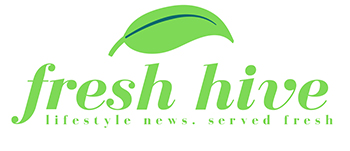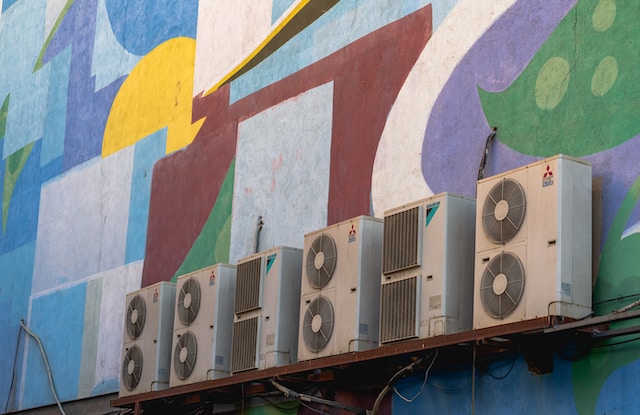Twelve public schools in Winnipeg are currently operating circus programs in physical education.
Circus arts have been gaining popularity in schools around the world. Added to physical education programs, circus arts instruction not only seems to motivate children to exercise, but also has the potential to develop other abilities beyond the physical.
My research team measured resiliency and physical literacy levels among students who started circus activities in physical education. Physical literacy is the competence, confidence and knowledge to be physically active for life.

Why physical literacy is important for children
J.J. Ross, co-ordinator of physical education and health education at the St. James Assiniboia school division, helped to implement circus activities for four schools in Canada with about 160 attending students. He says the biggest benefit he’s seen in the students is in motivation and confidence as it relates not only to physical literacy, but to performing. He says:
“I am traditionally a ‘sports’ guy and everything I have done in my life was aimed at competing against someone or another group of individuals. This focus is aimed at entertaining, not competing. This has attracted a different group of kids to be active for life.”
The initiative at the St. James Assiniboia School Division was part of a research project in which circus activities were implemented in Canadian school curriculum in Grades 4-6. Circus activities encompass juggling balls and scarves, flower sticks, rola bola, diabolo, stilts, unicycle, trampoline, trapeze, rope climbing, hoops, wire and German wheel. My research team compared physical literacy among these students with students using standard physical education instruction.
Researchers found that circus activity improves movement competencies, confidence and motivation. This study is also novel in that it reduced the gender gap in movement competencies with downstream positive psychological benefits to the female participants, potentially due to the inclusive and participatory nature of the circus.
Circus activity in its various forms alternates between individual work and teamwork. It is non-competitive and encourages individual and artistic movement. These aspects motivate students to participate in physical activities, especially girls, and provides a challenge for all levels of abilities and interests.
Circus arts instruction shows great promise, as it contributes to break the cycle of physical inactivity that is prevalent in society today. Furthermore, the concept embraces much more than physical competence, since circus arts also have beneficial physiological and emotional effects.
Psychological and emotional benefits
Results showed that learning circus is an opportunity to develop social skills, improve risk-taking judgment, align individuals’ projected and actual selves and enhance problem solving, creativity, self esteem and perseverance.
An important component of circus is the “meaning-making” or “art-making” by doing. Students can expand their understanding of their own experience and the environment around them by creating meaning or art.
The results indicated a clear association between resilience and physical literacy in circus arts instruction in Canada. Resilience refers to the ability of one or more systems (for example, a child, a family, a school) to overcome, adapt to and successfully withstand adversity. Another small-scale study reported that circus increases resilience in refugees.
The link between physical literacy and resilience could have significant implications for improving curriculum in the schools. Encouraging physical literacy may help ensure that people will thrive and engage with society.
Social circus
Social circus is defined by the use of circus arts as media for social justice and social good. The goal is to foster the psychological and social development of youths who are marginalized or at social or personal risk. For example, Cirque du Monde, Cirque du Soleil’s social circus program, operates in more than 80 communities and 25 countries worldwide. The program promotes physical health and therefore a healthy lifestyle. It helps to build self-esteem and create skills that result in healthier communities.
Social circus has been found not only to promote health but also health equity and the social changes needed to sustain it. Researchers Jennifer Spiegel and Stephanie Parent studied social circus among youths with marginalized lifestyles in Québec. They found that personal growth is associated with change in social inclusion and community building.
Spiegel and other colleagues from Canada and Ecuador also studied Ecuador’s national social circus projects. They investigated how and why circus is being deployed as an “art for social change” as well as its impacts. They found that social circus programs not only contribute to personal well-being, but also promote social support and inclusivity. These programs help establish future policies and institutions that contribute to social development.
Many individuals and researchers throughout the world have begun to realize the unimaginable potential of circus arts. Providing circus opportunities to young people as well as studying their benefits are two key actions to explore that potential.
By: Marion Cossin
ingénieure de recherche en cirque, Université de Montréal
Disclosure statement
Marion Cossin does not work for, consult, own shares in or receive funding from any company or organisation that would benefit from this article, and has disclosed no relevant affiliations beyond their academic appointment.
This post was originally published at The Conversation.



